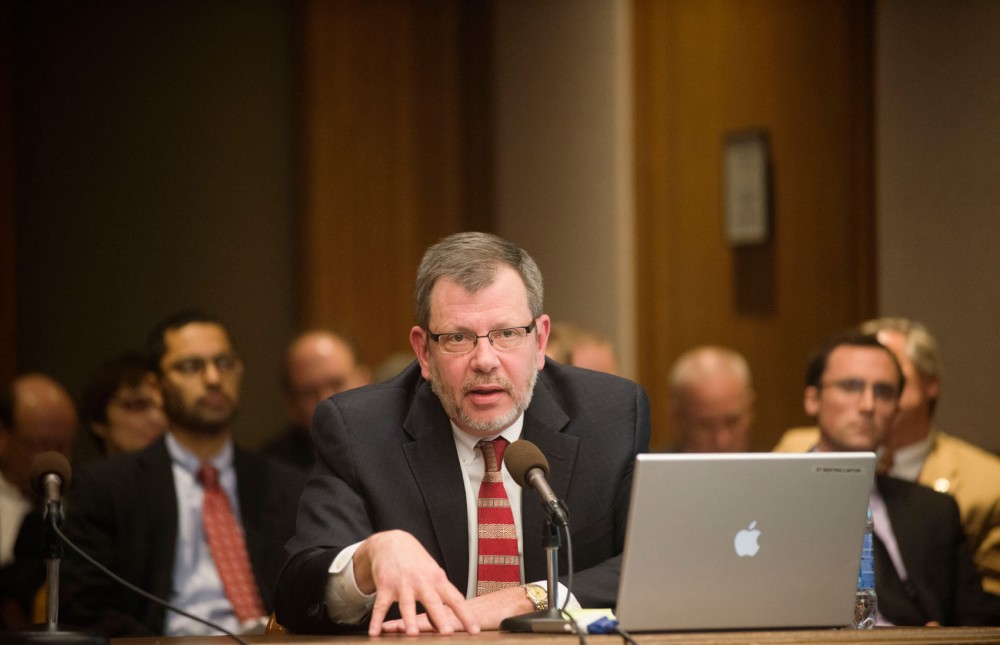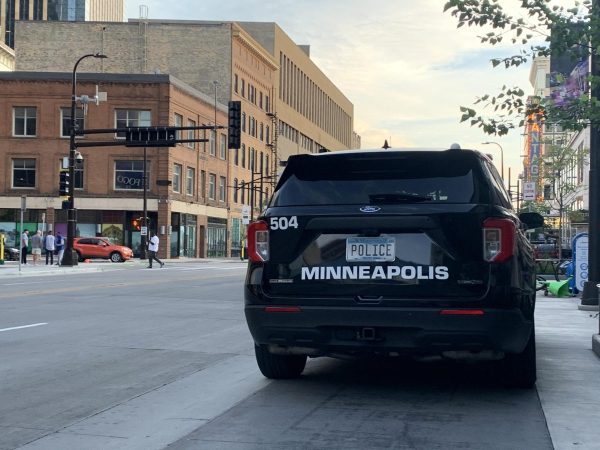 With a changing political climate at the Minnesota Capitol, the University of Minnesota’s budget may face changes.
With a changing political climate at the Minnesota Capitol, the University of Minnesota’s budget may face changes.
The University recently unveiled its nearly $1.4 billion biennial budget request. The request includes $147.2 million in state spending — a more than 11 percent increase in state money — for University initiatives like student success and affordability, research and others projects such as the Bell Museum of Natural History renovation.
But with a new GOP-controlled state Legislature, the budget may need to undergo drastic changes before it can be passed.
“If I were the University of Minnesota, considering what happened to its budget in a Republican-controlled House, considering … what happened to the higher [education] budget the last time the Republicans controlled both houses, I think I’d buckle up,” Rep. Gene Pelowski, DFL-Winona, told the Minnesota Daily last month.
Aside from Republicans’ fiscally conservative nature, there are other political reasons for this, said Larry Jacobs, University public policy professor and director of the Center for the Study of Politics and Governance.
For instance, he said, there has been a simultaneous growth of the University in metro areas as the Republican Party grows in rural areas.
“It’s harder for the University to make the case persuasively to Republicans in greater Minnesota,” Jacobs said. “They literally don’t see the tangible payoffs of the University in the way that they once did.”
Jacobs said Minnesota Republicans also have a general sense the University has been given enough money and now must make due with internal reallocations.
In rural areas, the Minnesota State Colleges and Universities system has more influence, he said. While state funding fluctuates in cycles, MNSCU has secured more funding proportionally than the University in recent years, Jacobs said.
Despite the new makeup of the state Legislature, University President Eric Kaler at a press conference last week said his message about the value the University has to the state has remained constant.
“By just about every measure I can think of, the University is on an upward trajectory on the quality of the students, the diversity of our research and the impact of our public engagement,” Kaler said.
He did, however, concede that the University needs to make its impact on greater Minnesota clearer.
“We are not the University of Minneapolis, we are the University of Minnesota,” he said.
The University’s request
At last week’s press conference, Kaler outlined the University’s budget request, which covers three areas: student success and affordability, research and “unfinished business.”
For student success and affordability, the University wants $90.2 million from the state to advance STEM education, increase undergraduate retention and graduation rates, enroll more in-state minority students and minimize tuition hikes, among others.
The University also wants state money to help fund school research programs, like the MnDRIVE initiative and Natural Resource Resarch Institute. The university also is asking the state to help pay for cancer research, clean water and develop data technology across Minnesota.
The University’s request also includes funding for “unfinished business,” which includes spending on health training and programs previously covered by UCare, as well as programs for the Bell Museum.
For Higher Education Asset Preservation and Replacement projects and six other infrastructure initiatives, the University wants the Legislature to provide over $245 million this session.
Gov. Mark Dayton recommended earlier this month that the school receive nearly $155 million of that request. Lawmakers in the House and Senate have yet to release their recommendations.








